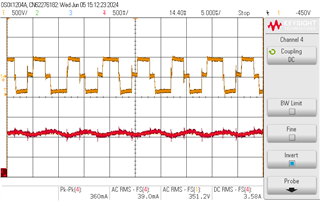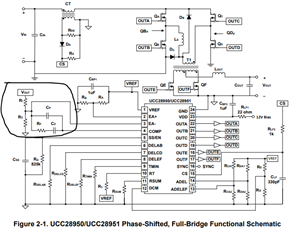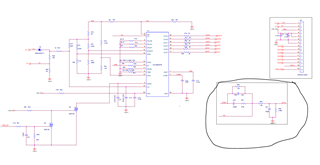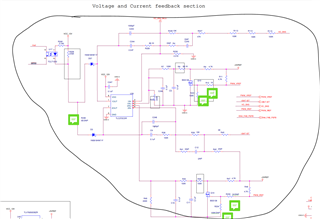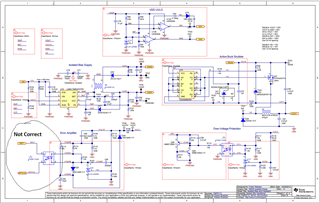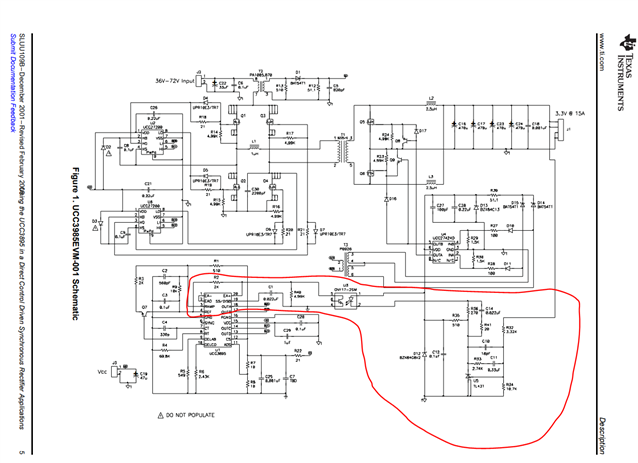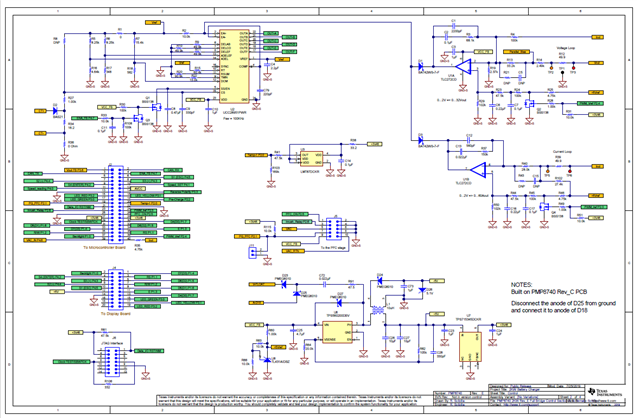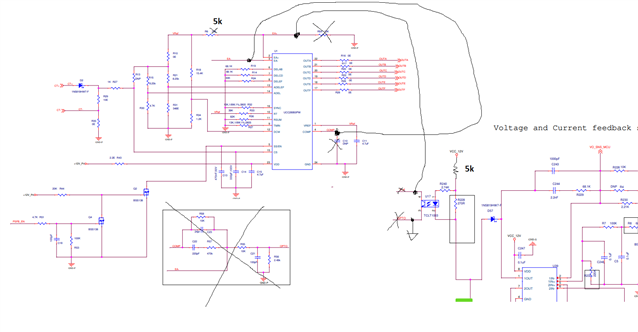Other Parts Discussed in Thread: PMP6712, TL431
Tool/software:
Dear TI Team,
I have implemented PSFB DC-DC,3.3KW input is 400V DC, output is 420V,DC.8A for charging appilcation
I have got output and all,but transformer heat is not stable,it keeps on increasing and went to 90deg still increasing
what could be the reason for this
Attached Transormer Voltage and current,for output 4A Rheostat load

below is for 8A Rheostat load
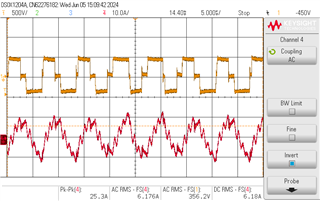
let me know reason for transformer heating,Rsum pin is connected via resistor to Gnd to ensure Peak current mode to avoid DC at transformer
Thank you


